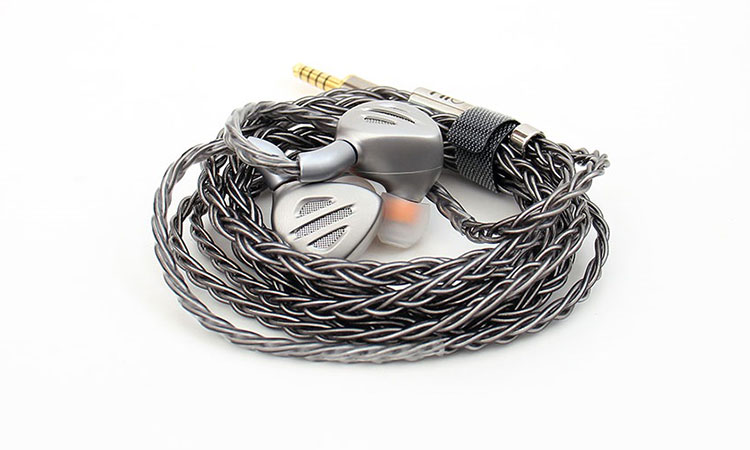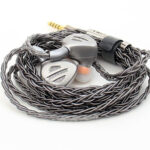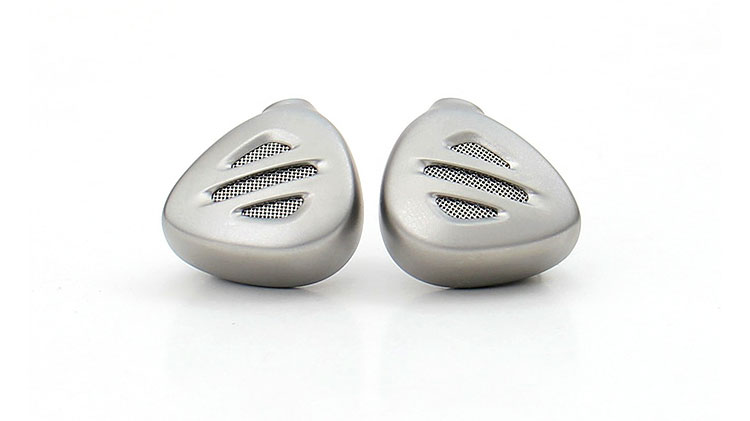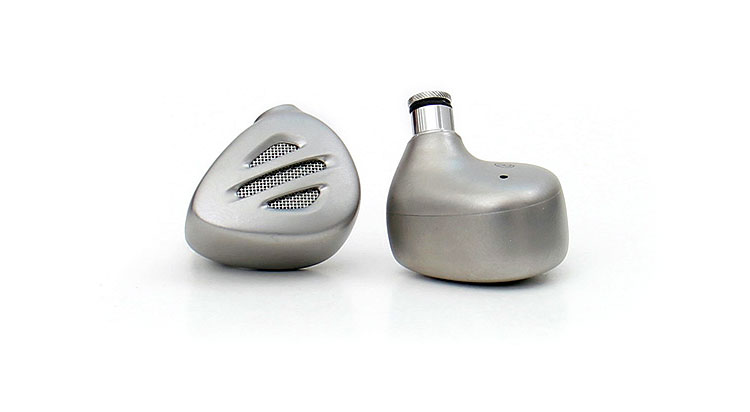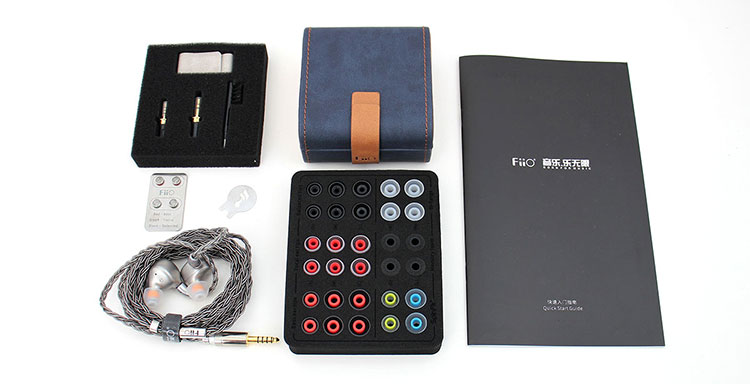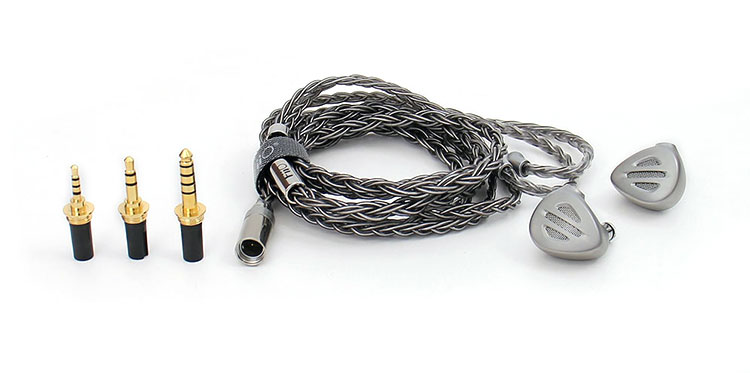This is a review of the FiiO FH9, which is the flagship universal IEM from the company’s hybrid range featuring a 13.6mm dynamic driver and 6 BA. It is priced at $599.99
Disclaimer: This was sent to us as a sample for our honest opinion. Headfonics is an independent website with no affiliate links or services. We thank FiiO for this opportunity.
To learn more about FiiO products covered on Headfonics you can click here.
Note, this article follows our latest scoring guidelines which you can read up on here.
FiiO is a constant wheel in motion when it comes to improving its available product lines and it seems of late they are also looking upwards to the higher tier markets especially when it comes to IEMs. The recently released FD7 demonstrated that.
I dare say the single pure beryllium diaphragm dynamic driver in the FD7 reminded me of a mini Utopia in pitch and tonality with a few things in the way of it almost being audibly perfect for my tastes in particular but you might beg to differ and might go either way.
The FD7 was an all-new build and so is the new kid on the block the FH9 which is FiiO’s new flagship model and the top dog within their hybrid IEM line. It incorporates a total of seven drivers with lots of trickery and is backed up by two years of development.
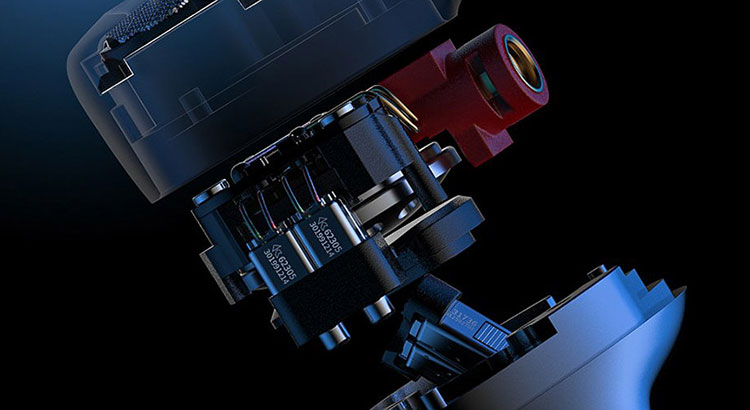
Tech Highlights
The FiiO FH9 has a hybrid driver setup with S Turbo, interchangeable sound filters, notch filters, and a seven-driver array in a 4-way configuration which consists of six BA drivers with a single and rather large dynamic bass driver. It’s a hearty enough array to fill any audiophile’s belly.
Actually, the FH9 has the most drivers of any FiiO IEM up to date. The incorporated dynamic driver is a second-generation 13.6mm diamond-like carbon diaphragm bass driver.
The driver diaphragm size is rather large compared to the average IEM and I cannot remember larger ones but perhaps on one or two other rare models out there. The other six drivers are all custom balanced armature drivers which with this particular array FiiO directly partnered up with Knowles to get them right.
Two customized SWFK-31736 40kHz capable super tweeters are on top frequency duty and are placed directly at the output nozzle plus four other BA drivers right behind those which handle midrange and treble and are completely custom units made by FiiO together with Knowles. These are not off-the-shelf components.
Design
The FH9s seven driver configuration is nestled inside a two-part pure Titanium shell which is milled using a five-point CNC.
Some might complain thinking that metal is generally heavy and cold but Titanium tends to retain body temperature very well, dissipates heat quickly but does not retain the cold for long plus it’s lightweight and extremely rigid which makes it an ideal material for IEM construction.
The balance pressure relief front and rear cavity implementation within each shell is a FiiO implementation that specifically minimizes resonances and the notch filters further resist unwanted harmonic resonance within the shell cavities and for a reduction in listening fatigue.
Another trick up the FH9s sleeve is the use of a sound tube with FiiOs S Bass technology which is there to keep that 13.6mm driver under control. It looks to me like a mini Labyrinth system implementation and together with the 13.6mm driver it produces a pleasantly nice and ample amount of clean bass.
Comfort & Isolation
The level of comfort from the FH9 is very good. I personally like pure Titanium shell construction and this is not the only IEM I have with this type of shell. They can start cold but titanium has a good ability to retain body temperature and adapts to your body temperature rather quickly.
The shells are somewhat chunky because after all, how else are you going to fit seven drivers and all the other tuning implementations but at least weight has been kept down some. Each shell stands at 12.8g each which is not too bad.
Their girth is reasonable, nesting themselves well inside the ear with very little protrusion and projecting a neat fitting appearance. Their shape looks to me like triangle shapes with rounded edges. They look rather plain Jane in appearance but their construction feels robust and quality-oriented.
Isolation is not bad but some external noise comes through I think because of those rear vents. However, this IEM was designed with sound quality first in mind and it should not be much of an issue if that is your main reason to pick up the FH9.
Tips
You get an ample amount of tips, sixteen sets in total, plus six different types and a preinstalled set so you should be able to find one that fits your taste. Only people with elephant ears will not be pleased or satisfied with this kit or the IEM shell fit.
One thing I like about the FH9 design is the new interchangeable output nozzle that FiiO calls tip filters. I prefer this design over the past iterations for the simple fact that all three nozzles are the same size and diameter and all three are identical far as what tip can be used and practically any tip out there will fit any one of these nozzles.
So there’s no need to use special tips like in the past iterations if you swap the output nozzles and you could use any tip included plus most other aftermarket tips but again, I doubt you will find the need to get aftermarket tips since the included set has foam tips, silicon, rubber, the spin on the type and each set comes in different sizes.
Since we are on a discussion of tips I basically took the FH9 out of the box, cleaned off the tips that were preinstalled with some alcohol, popped them in, and did not look back once.
I didn’t even venture into nozzle swapping because I found the stock configuration ideal for me and used it for all my listening sessions. In other words, it seems these are not finicky at all with tip selection.
Stock Cable
The FH9 stock cable does not seem to be from their readily available cable assembly line and could easily be mistaken for their LC-RC model but it’s not due to a couple of facts.
The Braid seems a more robust assembly and the wire itself is pure silver wire and not just silver coated and made with a total of 224 cores versus 152 with an 8 strand braid with 28 branch basses per share and each base is wrapped in TPU insulation.
Starting on top with the custom MMCX connectors, both plugs are angled, seem to be made from the same Titanium, and have the same finish to match the shells. The centerpiece is a highly polished metal cylinder with a matching length slider adjustment.
The tip system once again is the excellent swappable tip system that I really like versus the gender-changing dongles or extension wires that add weight or lengthen the ends excessively. The FH9 stock cable comes with a 3 connection type setup which is enough to cover most portable connectivity situations.
Packaging & Accessories
FiiO is using almost the same box; packaging and presentation are very similar to their other IEMs like for example the FA7s, the FD7, and the FD5 and even include a similar storage case in blue suede with beige suede in the same two-tone color scheme.
The contents are almost the same as well but this time you get a total of 16 tip sets plus a pre-installed set presented in their own foam mold along with a cleaning brush, an MMCX removal tool, two additional sets of output port tubes.
The swappable plugs that come included with the stock cable are a standard 3.5mm, a 2.5mm balanced, and a 4.4mm Pentaconn which are also nestled inside a foam mold. The content list finishes off with a dual language owner’s manual and a magnetic wire organizer.
Sound Impressions
Summary
Almost everyone is aiming for the Harman curve nowadays and it seems like the FiiO FH9 is tuned with that in mind but instead of being totally neutral and flat it seems to tilt higher onto the more aggressive and forward character end of my chart with a fun tuning rather than being clinical and dry which also presents a generally dark background character.
Top to bottom there seems to be an excellent amount of bilateral extension and transient response. There’s a nice amount of mid-bass punch, a crystalline top end, and a very smooth midrange section that has a well-defined but somewhat neutral-toned presence within the spectrum.
Some might consider the FH9 sound signature as being W-shaped but I beg to differ because there is a good amount of frequency and tonal balance here. However, there is a slightly hot area starting around 2 kHz and up to 5 kHz but these small rises remain rather well behaved and never become irksome.
One character the FH9 has and on a very positive note is that they can go rather loud with very little distortion and they make a good all-out IEM for when you just want to crank up those tunes and rock out. They do rock well but are not genre-specific and even hide some inferior low bitrate flaws and tend to sound good with almost any modern source.
Bass
The bottom end is very well extended and there is a good amount of body and emotion within the bass region and a thick aspect in the lower sections but with no negative effects on the speed or note distinction. Bass notes are plenty fast and produced with no lag or overhang issues whatsoever.
There seems to be a slight girth character in the bass area. For example, drum snares seem to have good heft, weight and seem fattened up some. It seems to be a contrasting statement to neutral but there is a tiny elevation here however it’s a very mild one and it just adds some welcomed fun factor to the general tuning character.
The mid-bass section is also fast, tactile acting, and fun sounding with a good amount of slap, punch, and with an ample amount of dynamism. It has a nice incisive quality that bass lovers will like and I certainly do especially when you crank up the bass frequencies some.
I would consider the FH9 to be good for bass heads but who are also looking for balance as well and a collectively well-rounded sound signature.
The large dynamic bass driver can take very large amounts of boosting and is probably one of the best FiiO bass implementations up to date. These guys can tickle your eardrums and dig deep if you push them hard and with very little distortion to boot.
Midrange
The midrange has just a slight amount of forwardness, almost unperceivable as such but it just adds some character and presence which enhances detail and transparency.
The midrange is fairly neutral in tonality and crisp in tonality. The frequency response is not completely flat and perhaps I should mention the small peaky area in the upper midrange area but again it only introduces some presence but does not convert them into screamers.
I sense a slight thick aspect in the lower midrange, not to be confused with bleed, and the top midrange frequencies have some added brightness due to that slight elevation around 2 to 5kHz.
These characters give the FiiO FH9 a nice vivid character plus since the tilt is veered into the high frequencies the transition into the high frequencies becomes smoother overall and crossover points seem more invisible and natural.
Treble
I really enjoy the highs on the FH9. The high frequencies have a lot of presence and have a very bright and forward character but bespeak very sharp, airy, and well-defined highs nonetheless. If you want good highs from an IEM this set will most likely please you.
The highs seem to be upfront and nonapologetic obviously since the BA driver output nozzles are right at the tip of the output ports. The highs seem to have a bigness character that makes each note sound with a large expanse and each note seems large in proportion.
Some might consider the FH9 high frequencies to be too elevated or obtrusive but I find them to be right below the “too intense” line and at a good balance level and since the drivers produce good clarity in a sense of pitch and realism the particulars give off a nice forward character which all in all sounds pleasing and satisfying while remaining well controlled and never blaring or strident.
Soundstage
The FH9 soundstage is rather large and that goes for all directions that make up a soundstage however I must make a distinction. Extremely wide soundstage type tuning has been abandoned it seems and today what is considered very wide is actually a more realistic presentation.
This is true in the sense that the FH9 does not push its staging boundaries beyond that so well-placed sound projections that never becomes artificial, too distant, or perceivably too narrow either.
These IEMs can do micro placement very well, have a very good amount of micro-detail, and can micro project. The high frequencies for instance can place themselves anywhere while the midrange simultaneously displays excellent depth and height with an almost omnidirectional bass.
Click on page 2 below for pairings and select comparisons

